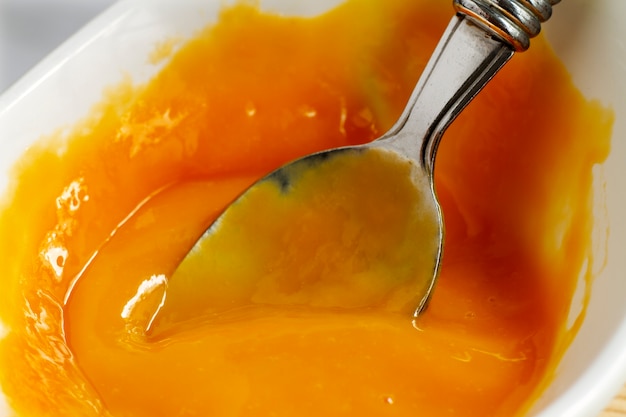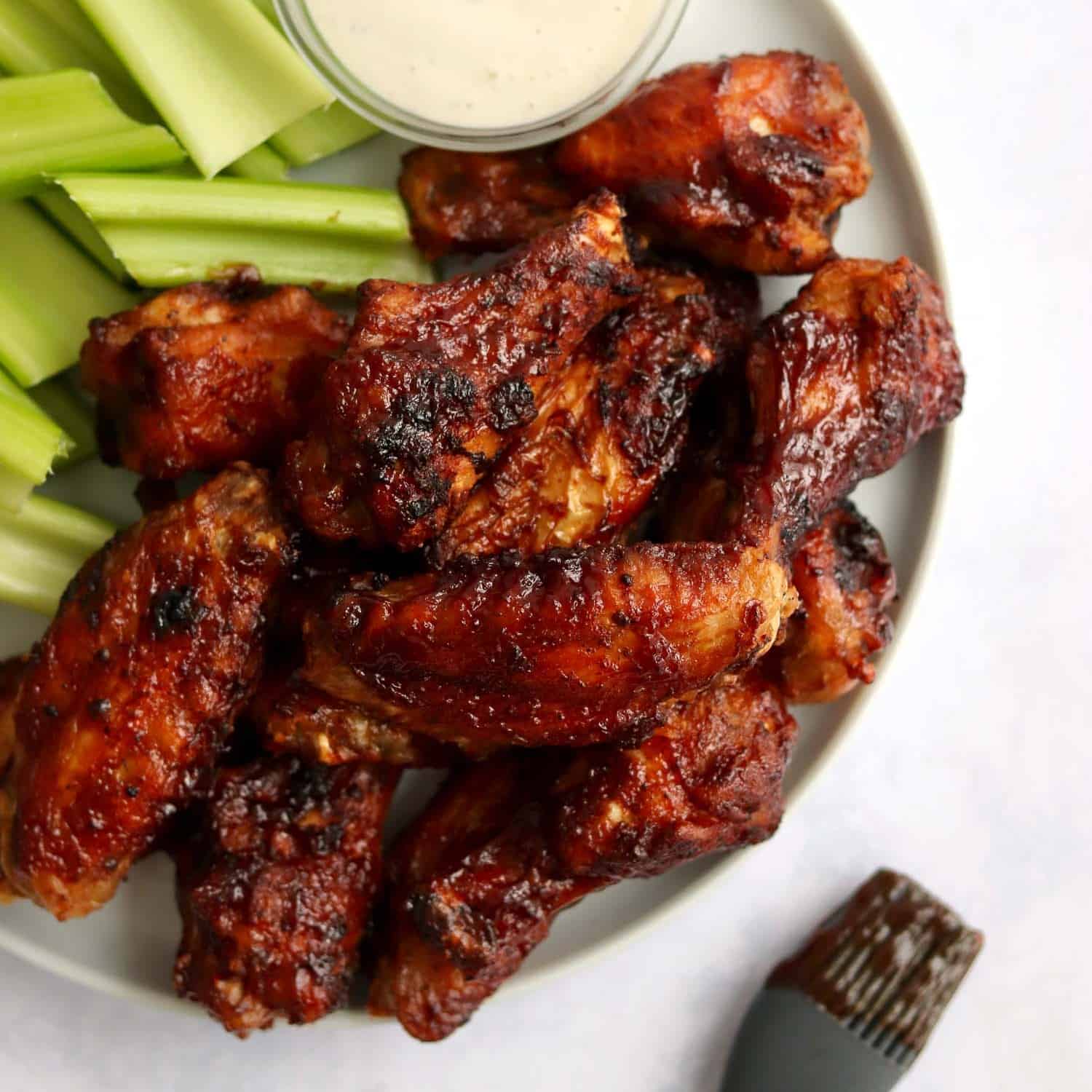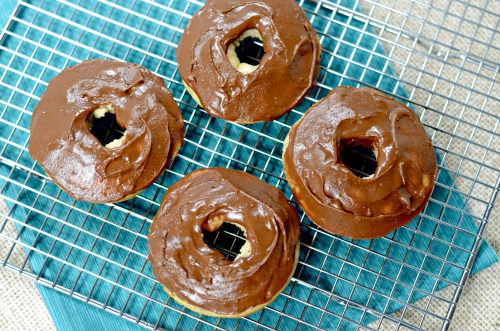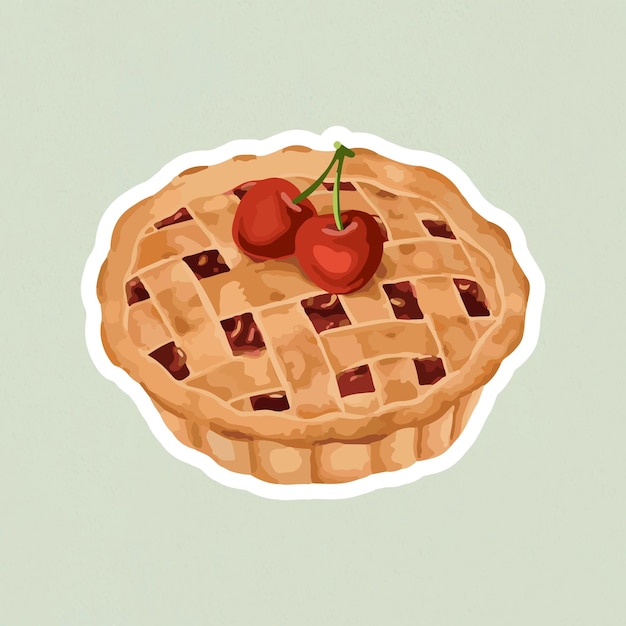Top Alternatives to Golden Syrup Substitute for Your Recipes
When exploring the realm of sweetness in your kitchen, finding suitable alternatives can open up a world of flavors and textures. Whether you encounter an empty pantry or simply wish to diversify your culinary approach, several enticing options can elevate your dishes without sacrificing taste.
The versatility of these alternatives allows them to seamlessly integrate into an array of delightful concoctions. From baking sumptuous treats to enhancing savory entrees, understanding how to navigate this selection can lead to delicious outcomes that cater to various dietary preferences and ingredient availability.
In this guide, we will delve into noteworthy alternatives, considering their distinct characteristics and how they can be effectively employed in your gastronomic adventures. Embrace the opportunity to experiment and discover exciting new flavors that can complement or replace the traditional sweetener in your favorite culinary applications.
Understanding Golden Syrup’s Purpose
This sweet ingredient plays a vital role in culinary creations, offering both flavor and functional benefits. Its unique characteristics contribute to the texture and sweetness of various dishes, making it a preferred choice among many cooks and bakers. The thick consistency and rich taste not only elevate desserts but also enhance savory items.
In baking, this component often serves as a binding agent, helping to hold ingredients together while providing moisture. The distinctive flavor profile can complement a wide array of flavors, from fruity to nutty, ensuring a well-rounded taste. Additionally, it helps in achieving a desirable glossy finish on confections and pastries.
Beyond sweetness, this product also plays a crucial role in controlling crystallization in candies and sauces. Its ability to maintain a smooth texture can be essential for creating homogenous mixtures that are pleasing to the palate. Understanding its purpose allows one to make informed decisions when considering alternatives in culinary applications.
Popular Alternatives to Golden Syrup
When seeking a sweetener to enhance your dishes, there are numerous options that can effectively replace the traditional ingredient. Each alternative brings its unique flavor profile and consistency, making it essential to choose the right one based on your culinary needs.
Common Choices
- Honey – A natural sweetener that offers a distinct flavor and can be used in similar quantities.
- Maple Syrup – Known for its rich and earthy taste, it serves as a delightful option in baking and pancakes.
- Brown Sugar – This option adds a molasses-like flavor and moisture, perfect for cookies and desserts.
- Agave Nectar – With a lower glycemic index, this sweetener is a great choice for those looking for a healthier alternative.
- Corn Syrup – A thick, sweet liquid often used in candies and sauces that mimics the texture well.
Less Common Variants
- Coconut Nectar – A less processed choice with a mild flavor, suitable for various dishes.
- Molasses – A byproduct of sugar production that imparts a deep, rich flavor; use in moderation due to its strong taste.
- Fruit Purées – Alternatives like apple or pear purée can add sweetness along with natural fruit flavors.
- Sorghum Syrup – A unique option with a distinctive taste, primarily used in Southern cooking.
Choosing the right sweetener depends on personal preference and the specific requirements of the dish. Experimenting with these options can lead to exciting flavors and experiences in the kitchen.
How to Use Honey as a Substitute
When considering alternatives in cooking and baking, honey emerges as a versatile option. Its natural sweetness combined with unique flavor profiles can enhance various dishes while offering certain health benefits. By understanding the right way to incorporate this ingredient, you can achieve delicious results without compromising taste.
Adjusting Measurements
To successfully replace a specific sweetener with honey, it’s essential to adjust the quantities. Generally, you should use about ¾ cup of honey for every cup of the original sweet ingredient. Additionally, because honey adds moisture, it’s advisable to reduce the liquid content in the recipe slightly. A good rule of thumb is to decrease the other liquids by approximately ¼ cup for each cup of honey used.
Flavor Considerations
When using honey, consider its flavor profile, which can vary from mild to robust depending on the type. If you’re aiming for a delicate taste, opt for lighter varieties, such as clover honey. For a richer flavor, darker types like buckwheat may be more suitable. Be mindful of the honey’s impact on the overall flavor of your dish, as it can complement or overpower other ingredients.
Exploring Maple Syrup Versatility
This natural sweetener is not just a breakfast delight but also a multifaceted ingredient that can enhance a wide array of culinary creations. Its unique flavor profile and rich texture make it an excellent choice for various applications, from baked goods to savory dishes.
One of the remarkable qualities of this liquid gold is its ability to complement both sweet and salty flavors. It can elevate pastries, pancakes, and desserts while also serving as a glaze for meats and vegetables. Chefs often incorporate this ingredient into dressings and marinades, showcasing its adaptability in diverse cuisines.
| Application | Flavor Pairings | Notes |
|---|---|---|
| Baking | Nuts, chocolate, vanilla | Adds moisture and depth |
| Glazes | Mustard, soy sauce, garlic | Creates a caramelized finish |
| Dressings | Olive oil, balsamic vinegar, herbs | Balances acidity and richness |
| Marinades | Citrus, ginger, chili | Tenderizes meat and imparts flavor |
Its versatility also extends to beverages, where it can be used to sweeten teas, coffees, and cocktails, granting an unexpected twist. With its ability to integrate seamlessly into various dishes, this sweetener proves to be a worthy addition to any culinary repertoire.
Agave Nectar as a Swap Option
This natural sweetener serves as an excellent alternative when certain viscous toppings are not available. With its unique flavor profile and consistency, it can easily enhance a variety of dishes and baked goods. Moreover, agave nectar offers a different yet delightful taste experience, making it a popular choice among those seeking alternatives to conventional sweetening agents.
Flavor Profile and Texture
Agave nectar possesses a mild sweetness, which allows it to blend seamlessly into both savory and sweet preparations. Its liquid consistency resembles that of traditional sweeteners, ensuring that it can be easily integrated into mixtures without altering their fundamental characteristics. The flavor is often described as slightly caramel-like, adding a gentle depth to culinary creations.
Health Considerations
When considering health impacts, agave nectar has a lower glycemic index compared to other substances, which makes it a preferable option for those monitoring blood sugar levels. However, moderation is key, as its high fructose content can pose concerns if consumed in excess. Always evaluate personal dietary needs before making substitutions.
Cooking with Corn Syrup Effectively
Utilizing corn syrup in culinary endeavors can enhance flavor and texture in a variety of dishes. This sweet ingredient plays a crucial role in many baked goods, confections, and sauces, providing moisture and a glossy finish that is often sought after in dessert preparation. Understanding how to incorporate it into your cooking can elevate your creations.
Measuring accurately is essential when working with this thick liquid. Because of its viscosity, it might require different approaches compared to granulated sweeteners. Using a liquid measuring cup and lightly greasing it can facilitate easy pouring and minimize mess.
When aiming for a smooth consistency, consider mixing it with other ingredients to achieve the desired texture. When included in mixtures, it can help prevent crystallization, making it ideal for candy making or sauces that need to remain pourable.
It is also worth noting that cooking at specific temperatures is vital, especially when caramelizing or heating. Monitoring the heat source ensures that the syrup does not burn, preserving its characteristic sweetness and avoiding unwanted bitterness.
Incorporating corn syrup offers a delightful balance to savory dishes as well. When combined with spices, it can act as a marinade or glaze, enhancing the overall taste profile without overwhelming other flavors.
By understanding its unique properties and applying effective techniques, one can fully harness the potential of corn syrup in culinary crafts, resulting in sumptuous and appealing dishes.
Q&A: Golden syrup substitutes
What is golden syrup and how is it used in recipes?
Golden syrup is a thick, amber-colored syrup made from sugar cane or sugar beet juice. It has a unique flavor that’s a mix of caramel and a hint of butterscotch. It is commonly used in baking, as a sweetener in desserts like cakes, cookies, and puddings, and even in savory dishes. Its viscosity makes it great for adding moisture and a chewy texture to baked goods, as well as providing a rich sweetness without being overly cloying.
What are some common substitutes for golden syrup in baking?
There are several substitutes you can use in place of golden syrup, depending on the recipe and your preferences. Some of the most common alternatives include: 1. **Honey** – It has a similar sweetness and viscosity, but it may alter the flavor slightly. 2. **Maple syrup** – Provides a unique flavor profile and is a good liquid substitute, though it is less sweet than golden syrup. 3. **Corn syrup** – With a similar texture and sweetness, corn syrup can be used directly as a one-to-one substitute. 4. **Agave nectar** – A vegan option that has a mild flavor, though it is sweeter, so you might want to use less. 5. **Brown sugar syrup** – If you dissolve brown sugar in water, it can mimic the flavor and consistency of golden syrup quite closely.
Can I use sugar as a substitute for golden syrup, and if so, how?
While sugar alone can’t directly replace golden syrup due to its lack of liquid content and caramel flavor, you can create a substitute by making a simple syrup. To do this, dissolve 1 cup of brown sugar or regular granulated sugar into 1/4 cup of water over low heat until fully dissolved. This will create a sweet syrup that can be used in place of golden syrup in your recipes. However, it’s important to note that this method may not replicate the exact flavor profile of golden syrup, but it can work well in recipes where the syrup adds moisture rather than flavor.
How do I choose the best substitute for golden syrup based on dietary restrictions?
When selecting a substitute for golden syrup, consider any dietary restrictions or personal preferences. For example, if you’re looking for a vegan option, agave nectar, maple syrup, or brown rice syrup are all suitable alternatives. If a recipe needs to be gluten-free, ensure any syrup you choose is certified gluten-free, like pure maple syrup. If you prefer lower-sugar options, you might consider using stevia or monk fruit syrup as they offer sweetness without calories, though their flavor does differ from that of golden syrup. Always consider the overall flavor profile of the dish when making substitutions to maintain a balanced taste.
Are there any recipes where it is crucial to use golden syrup and not a substitute?
Golden syrup plays an essential role in certain recipes, especially where its unique flavor and texture contribute significantly to the final dish. For example, in traditional British recipes like treacle tart and flapjacks, golden syrup is not just a sweetener but also adds a distinct depth of flavor and chewy texture that may be hard to replicate. In these cases, using a substitute may result in a different tasting dish altogether. However, in many baking applications, as well as sauces and glazes, you can often substitute with satisfactory results, so it’s advisable to experiment based on the particular dish you are making.
What is golden syrup, and why do people use it in recipes?
Golden syrup is a thick, amber-colored syrup made from sugarcane or sugar beet juice that has been boiled down to create a sweet, viscous liquid. It has a distinctive flavor that is both rich and slightly caramel-like, making it a popular ingredient in various recipes, especially in baking and desserts. People use golden syrup for its sweetness, moistness it adds to baked goods, and its ability to enhance flavors without overpowering other ingredients. It can act as a binding agent in recipes and is often used in traditional dishes like treacle tarts and flapjacks.
What is a common ingredient to use instead of golden syrup in baking recipes?
Dark corn syrup is a common ingredient to use instead of golden syrup in baking recipes.
How is homemade golden syrup typically made?
Homemade golden syrup is made by boiling sugar and water with a little lemon juice until it caramelizes and thickens.
What is the best golden syrup substitute if golden syrup cannot be found?
If golden syrup cannot be found, the best golden syrup substitute is dark corn syrup, which has a similar consistency and flavor.
How is agave syrup different from golden syrup in terms of sweetness and glycemic index?
Agave syrup has a low glycemic index compared to golden syrup, making it a sweeter option with less impact on blood sugar levels.
What can you use in place of golden syrup if you’re looking for a healthier alternative?
If you’re looking for a healthier alternative to golden syrup, you might consider using maple syrup or coconut sugar.
What is the key difference between light corn syrup and dark corn syrup?
Light corn syrup is clear and has a mild flavor, while dark corn syrup is darker in color and has a stronger, more robust flavor.
How can you make golden syrup at home if you don’t have access to store-bought versions?
To make golden syrup at home, combine sugar, water, and a bit of lemon juice in a saucepan, then simmer until the mixture thickens and turns golden.
What type of sugar is typically used to create golden syrup?
Golden syrup is typically made from refining sugar cane or sugar beet.
Why might someone prefer using glucose syrup over golden syrup in a recipe?
Someone might prefer using glucose syrup over golden syrup because glucose syrup has a neutral flavor and can help prevent crystallization in recipes.
What ingredient should be used to thicken a syrup if it’s too thin in a recipe?
If a syrup is too thin, adding a small amount of cane sugar can help thicken it, as it will dissolve and contribute to a thicker consistency.



